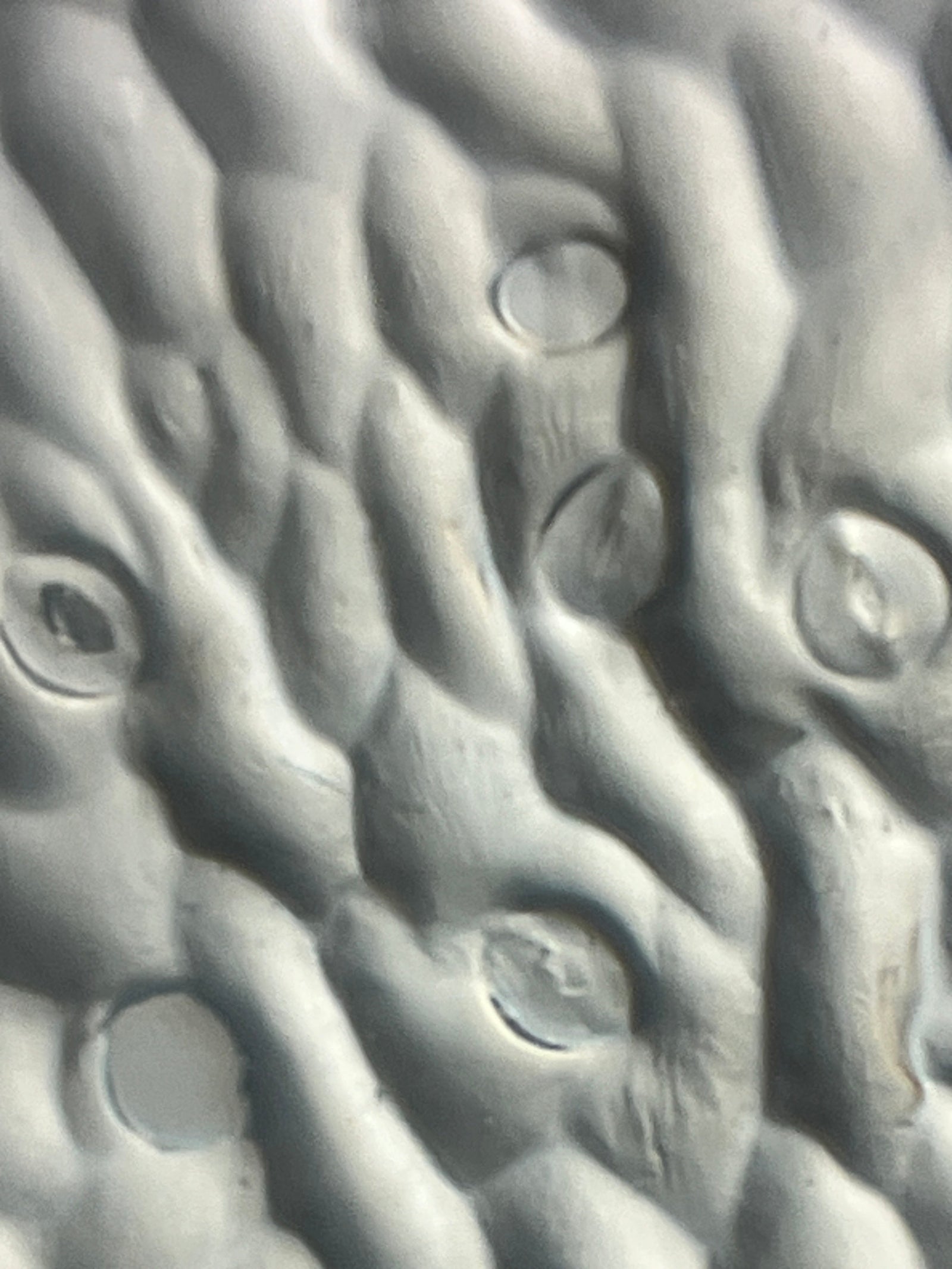Have you ever sat and observed all the activity that goes on in a fish tank? It can be so relaxing to watch the fish swim around, listen to the bubbles as they float up to the top, and enjoy the colorful decor.
But there is more to a healthy aquarium than what you can see with the naked eye. If you take a close look with a Foldscope, you can discover an entire ecosystem of microbial life! This is exactly what I did with my Foldscope 2.0! Read on to find out what I saw!

Sample Preparation
To view the aquarium water samples under my Foldscope, I placed a black ring sticker on a glass slide and removed the plastic cover. I cut a small piece of an aquatic plant, placed it inside the ring sticker along with a drop of water, and replaced the plastic cover. Then I put the slide into my Foldscope 2.0, attached the LED light module, coupled my phone to the front of the Foldscope, and began searching for life!

Vorticella
One of the first microbes that I found on the slide was a group of vorticella. Vorticella are single celled microorganisms with a ring of cilia around the mouth end and a long stalk on the opposite side. The stalk has the ability to contract quickly when they feel a disturbance. The cilia create a vortex around the mouth that helps to pull food in toward the mouth.

Stentor
Stentors are also single celled microorganisms. Like the vorticella, they have a ring of cilia around the mouth end of the organism that is used for drawing in food. The body of a stentor has a trumpet shape that is wider at the mouth end and tapers down to the foot which it uses to attach to a surface when it is not swimming.

Algae and Diatoms
In addition to the vorticella and stentor sighting, the slide also held plenty of algae and diatoms. Algae are organisms that can photosynthesize like plants, but have no real roots, stems, or leaves. Diatoms are a special type of algae that have silicon dioxide cell walls. This means that their cell walls are made of glass! Diatoms come in a variety of symmetrical shapes and are responsible for producing a quarter of the Earth’s oxygen.


Have you explored a fish tank with your Foldscope 2.0? Share your microscopic images of aquarium life on the Microcosmos. Be sure to tag us on social media when you post the results of your explorations, creations, and discoveries! We love to see how Foldscopers around the world are using their Foldscopes in new and innovative ways!
Facebook: @Foldscope
Twitter: @TeamFoldscope
Instagram: @teamfoldscope
Threads: @teamfoldscope
Sources:
https://www.britannica.com/science/Vorticella
https://www.britannica.com/science/Stentor
https://www.britannica.com/science/algae/Physical-and-ecological-features-of-algae



